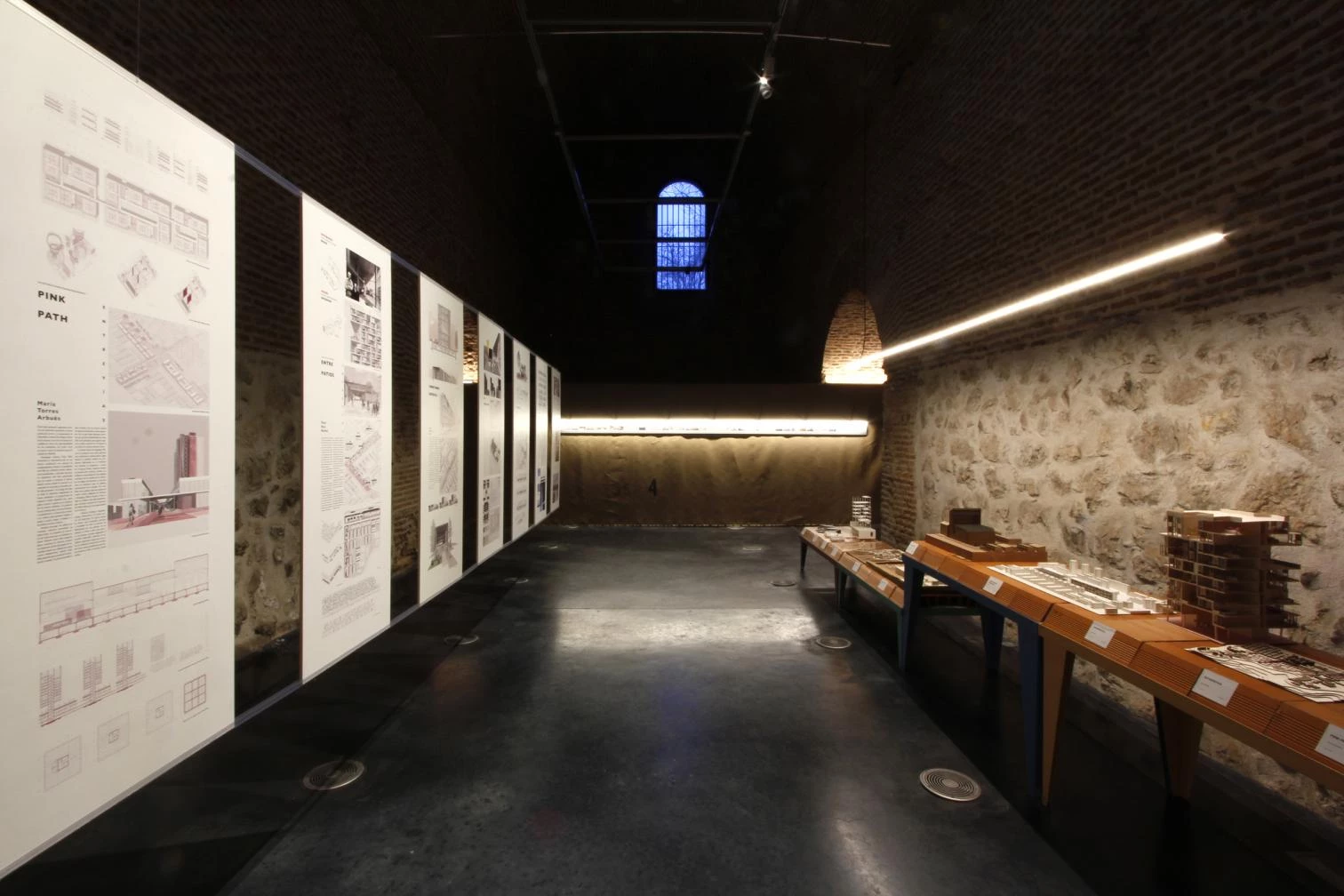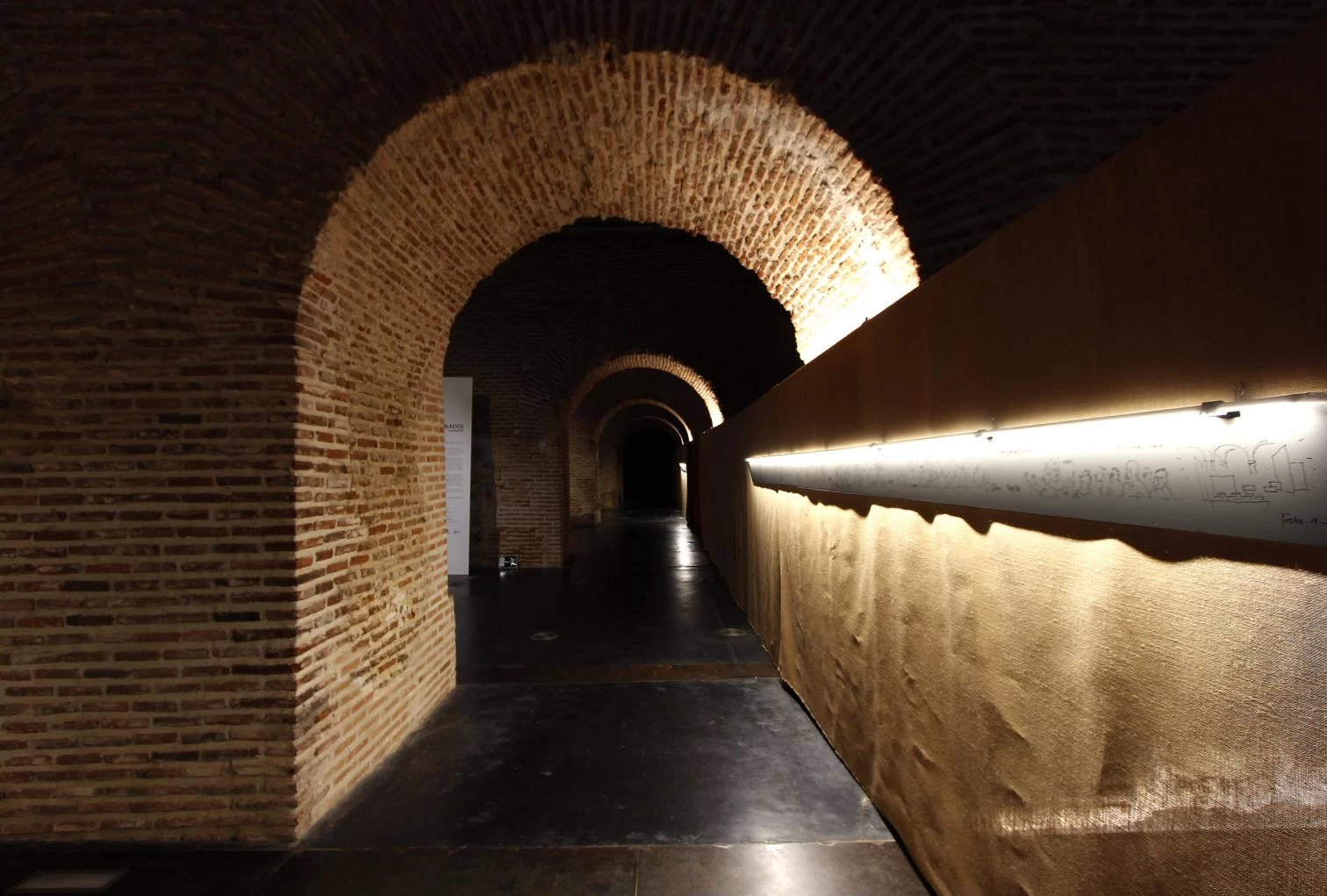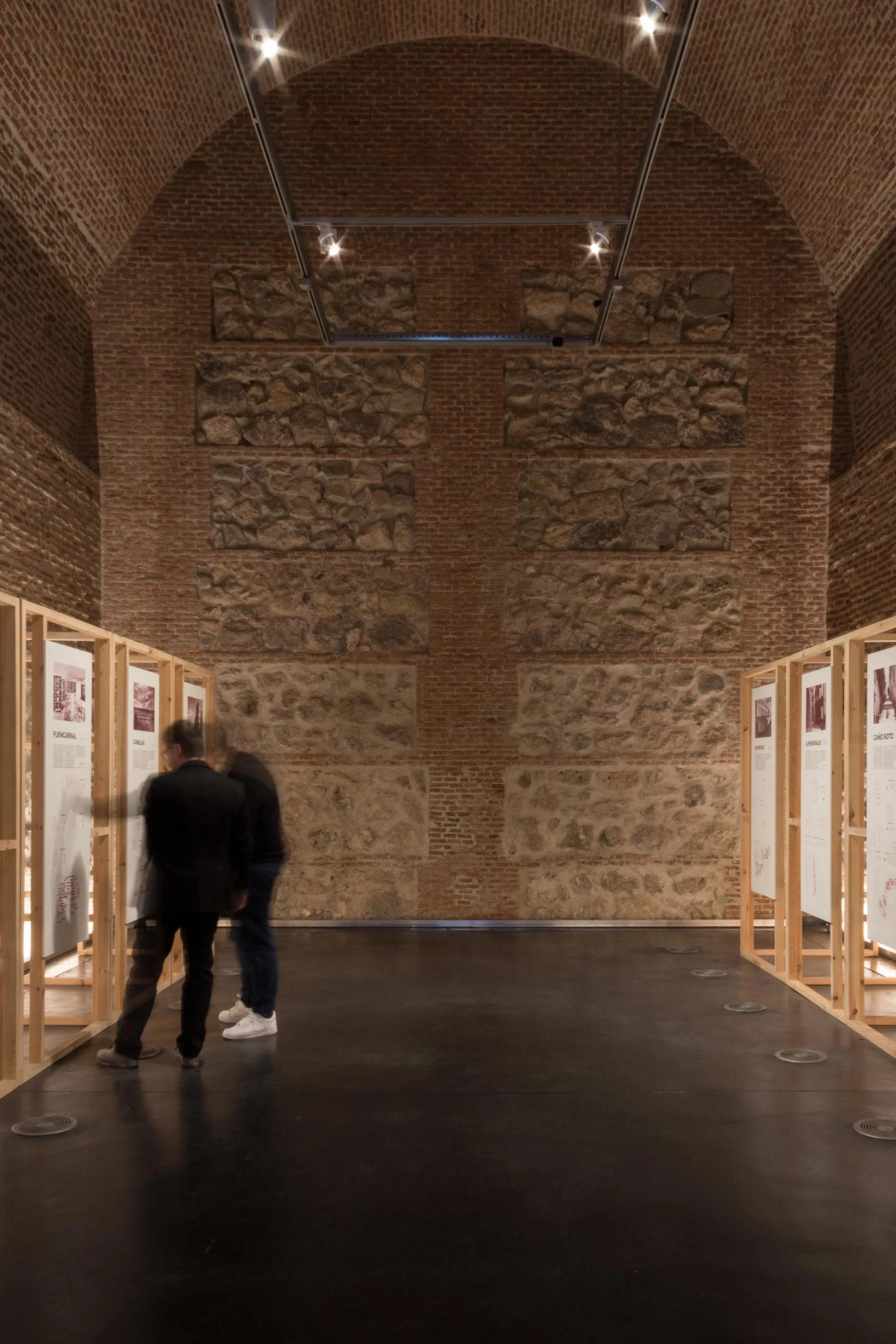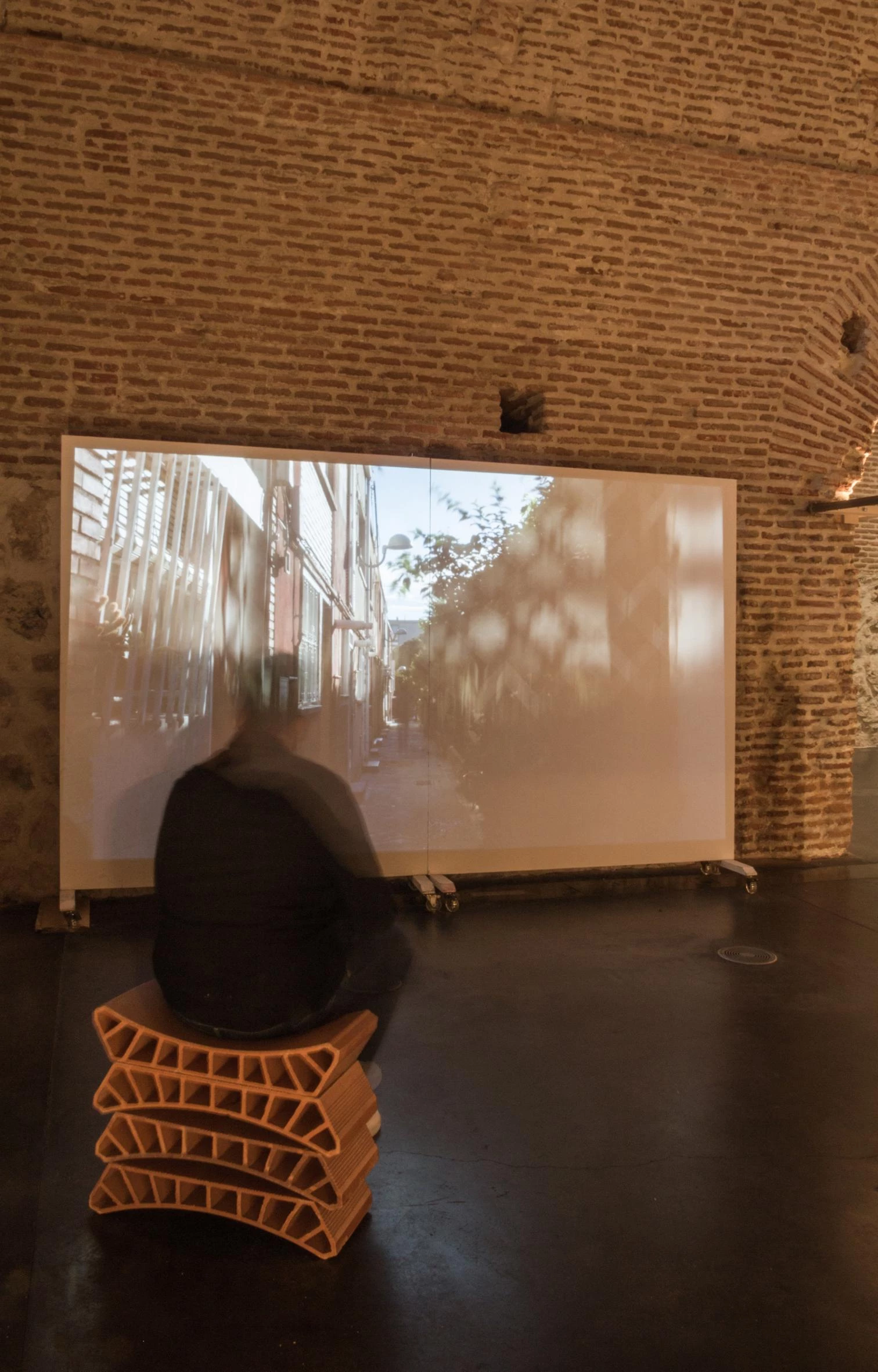
Sala de Bóvedas, Centro Conde Duque. 16 January–10 February.
Madrid It is not often that the ideas of young architects can be heard. This exhibition presents the work of a group of recent graduates of the Universidad Politécnica de Madrid’s architecture school (ETSAM), carried out in the class conducted by Professor Luis Fernández-Galiano with Francisco Burgos, Alberto Pieltain, Begoña Díaz-Urgorri, and Josean Ruiz Esquíroz.
The Madrid ‘poblados’ were developments designed sixty years ago by young architects who took up the task of building thousands of dwellings to deal with the rush of migration to the city. With that same daring spirit, the new architects of now have drawn up twenty-one projects for regenerating those settlements, working out problems of different scales that range from mobility to ambitious construction proposals. The regeneration schemes increase density and programmatic variety, and features new housing typologies and facilities that will potentially make the city more polycentric and sustainable.
Both the show and the accompanying catalog are characterized by a Spartan austerity, in accordance with the strict conditions under which the ‘poblados’ were erected. Besides the projects on display, the publication presents the lectures that the students received during the course. Architecture is also spoken, and the prefatory title of the exhibition is the title of the course: De qué hablamos cuando hablamos de arquitectura (What we talk about when we talk about architecture). The guests include figures like Norman Foster, Renzo Piano, Jacques Herzog, and Peter Eisenman, aside from authors of the ‘poblados’ who are still living, such as Antonio Vázquez de Castro and Eduardo Mangada.
Upholding reuse of the existing city, the model of expansive growth is essentially re-pursued, materialized, as it is, with magnificent schemes in the ‘poblados.’ And as the international guests pointed out, it is not a local problem. The urban periphery is perhaps the most important challenge that architects will have to address in the next fifty years.











